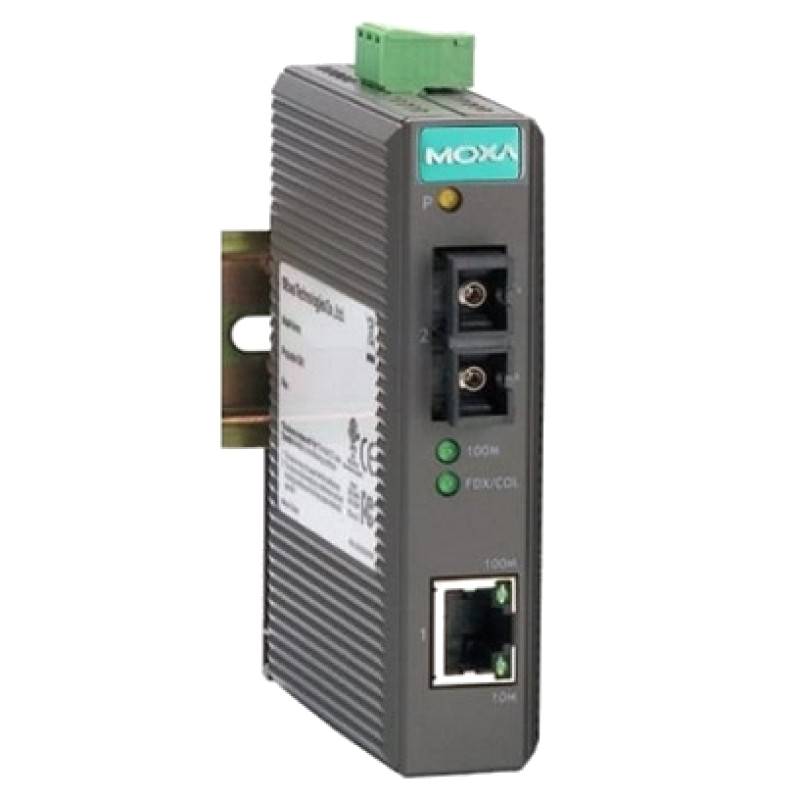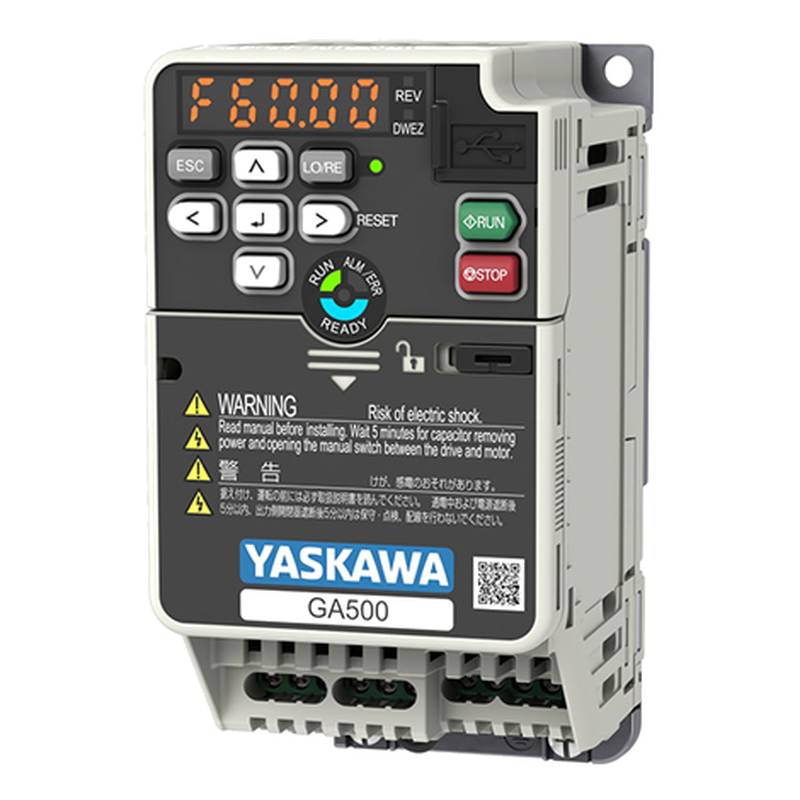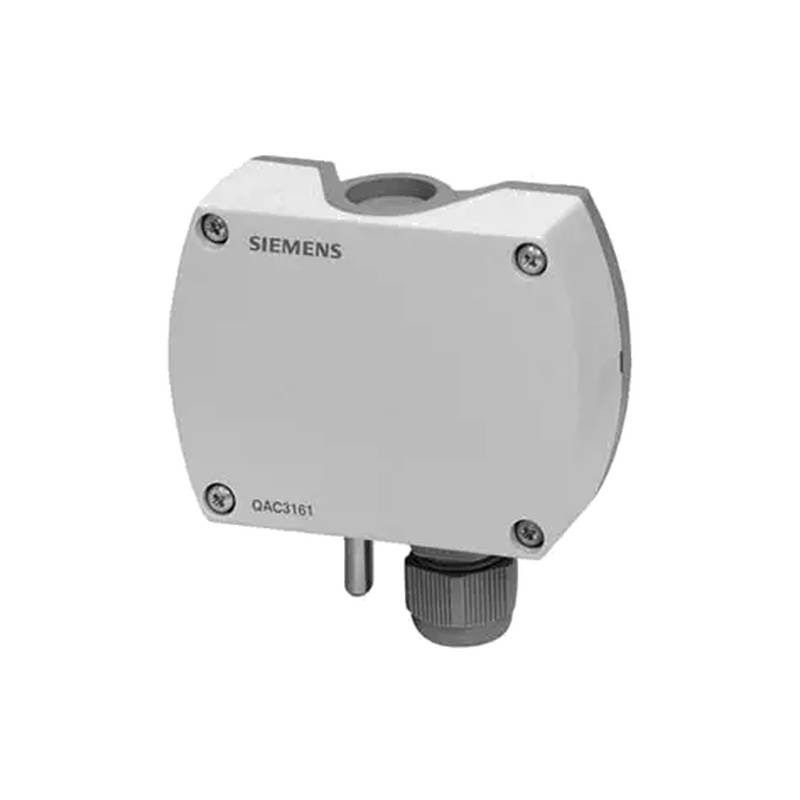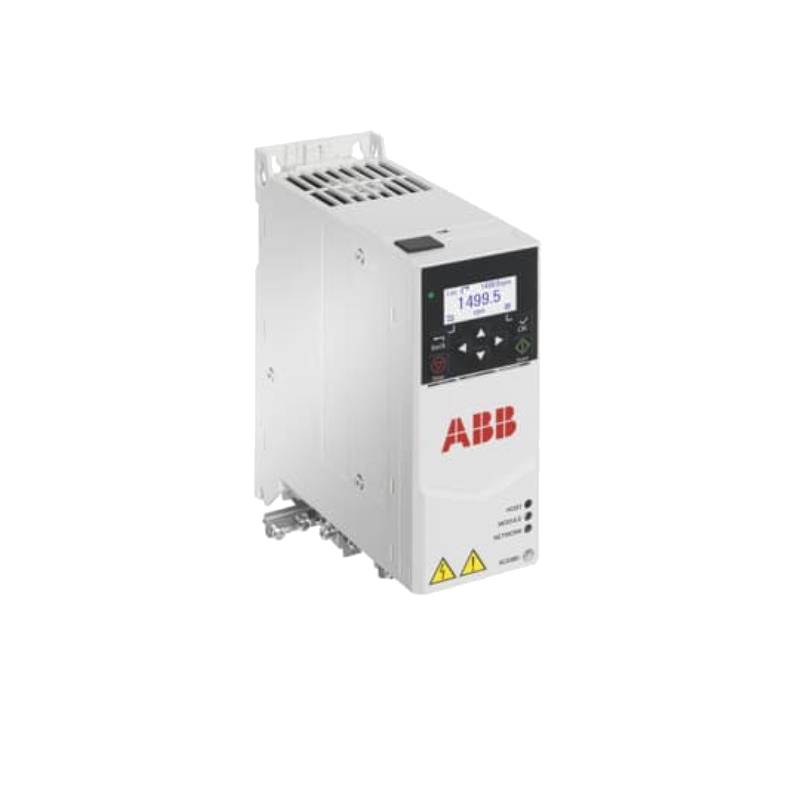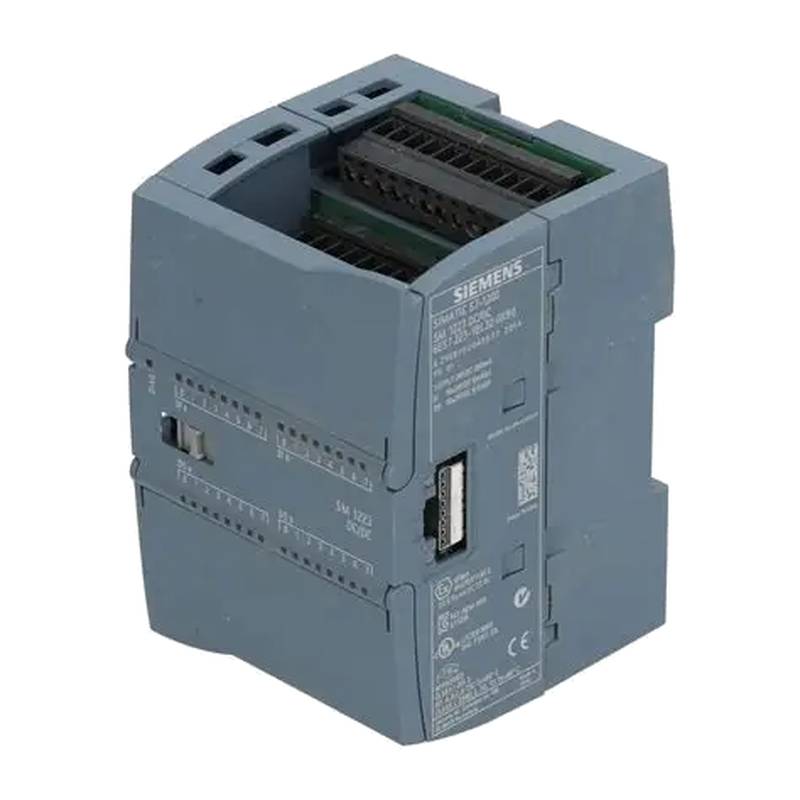
The Siemens 5SU9356-7KK16 RCBO offers advanced circuit protection for demanding electrical installations, integrating residual current and overcurrent protection in a compact 1P+N design. This 16A, 30mA device, featuring a Type C tripping characteristic, ensures superior safety and operational reliability, making it a cornerstone for modern building and industrial electrical systems. Its high breaking capacity and robust construction signify Siemens' commitment to quality and performance in critical power distribution applications.
Product Specifications
| Feature | Specification |
| :----------------------- | :------------------------------------------ |
| Product Type | Residual Current Operated Circuit Breaker |
| Manufacturer | Siemens |
| Model Number | 5SU9356-7KK16 |
| Rated Current (In) | 16 A |
| Rated Residual Current | 30 mA |
| Number of Poles | 1P+N (1 Pole + Neutral) |
| Tripping Characteristic | Type C |
| Rated Voltage (Ue) | 230/400 V AC |
| Rated Breaking Capacity | 6 kA |
| Frequency | 50/60 Hz |
| Insulation Voltage | 500 V |
| Overvoltage Category | III |
| Terminal Type | Screw Terminal |
| Mounting Type | DIN Rail |
| Protection Class | IP20 |
| Ambient Temperature Range| -25 °C to +45 °C |
| Conformance Standards | IEC 61009-1, IEC 60898-1 |
Core Features & Market Positioning
The Siemens 5SU9356-7KK16 RCBO stands out in the competitive landscape due to its seamless integration of Residual Current Device (RCD) and Miniature Circuit Breaker (MCB) functions within a single pole and neutral unit. This dual functionality significantly saves valuable panel space and simplifies installation, a key differentiator for electricians and panel builders facing increasingly complex wiring requirements. The Type C tripping curve is optimized for applications with moderate inrush currents, such as motors and lighting systems, providing robust protection without nuisance tripping. Furthermore, Siemens' reputation for manufacturing high-quality, reliable electrical components positions this RCBO as a premium choice, assuring users of its long-term performance and safety compliance in critical environments. Its robust breaking capacity of 6 kA ensures it can safely interrupt fault currents, preventing severe damage to equipment and mitigating fire hazards.
Key Application Scenarios
This Siemens RCBO is ideally suited for a broad spectrum of applications where reliable protection against earth faults, short circuits, and overloads is paramount. In residential settings, it safeguards circuits supplying appliances with higher inductive loads, such as washing machines and refrigerators, by providing essential shock protection with its 30mA residual current sensitivity. For commercial buildings, it's crucial for protecting lighting circuits and power outlets, ensuring compliance with safety regulations and minimizing downtime. In industrial environments, the 5SU9356-7KK16 is employed in control panels and machinery to protect sensitive electronic equipment and motors from electrical disturbances, leveraging its Type C characteristic to accommodate typical motor start-up currents. Its compact design also makes it an excellent choice for distributed power panels and locations where space is at a premium.
Practical System Integration Guidance
Integrating the Siemens 5SU9356-7KK16 RCBO into existing or new electrical systems is straightforward, adhering to standard DIN rail mounting practices. The device requires a dedicated 1P+N circuit, meaning both the live conductor and the neutral conductor pass through the RCBO. Proper termination is critical; the line (L) and neutral (N) conductors from the supply should be connected to the designated input terminals, and the load-side L and N outputs connect to the protected circuit. Ensure the neutral conductor is correctly connected to the N terminal; reversing this can compromise the residual current protection. For optimal safety and performance, it is recommended to connect the incoming power supply to the top terminals and the outgoing load to the bottom terminals, following the clear directional markings on the device. Regular testing of the residual current function using the integrated test button (typically labeled 'T' or a symbol resembling a test button) is crucial for verifying operational readiness.
Operation and Risk Mitigation
The Siemens 5SU9356-7KK16 RCBO operates by continuously monitoring the balance of current flowing through the live and neutral conductors. If an imbalance, indicative of a fault current to earth (e.g., due to insulation failure or accidental contact), exceeds the 30mA threshold, the device will rapidly trip, interrupting the circuit and preventing electric shock or fire. The thermal-magnetic tripping mechanism within the MCB function provides protection against overloads and short circuits. To mitigate risks, always ensure the RCBO is correctly rated for the connected load and that the system's earthing is intact. Avoid nuisance tripping by selecting the appropriate tripping characteristic (Type C for this model) based on the expected load inrush currents. Regularly performing the manual test function (pressing the test button) is essential to confirm the residual current protection is active and functional.
Scalability & Long-Term Value
The Siemens 5SU9356-7KK16 RCBO is designed for compatibility within Siemens' extensive range of low-voltage electrical distribution components, facilitating future system expansion and upgrades. Its standard DIN rail form factor ensures seamless integration with other modular devices, such as surge protective devices or supplementary relays, within standard distribution boards. While this specific model is a fixed-rated device, its robustness and adherence to international standards like IEC 61009-1 assure long-term operational reliability and availability of replacement parts. For systems evolving towards smart building or industrial IoT (IIoT) integration, this RCBO can be part of a larger system incorporating smart meters or remote monitoring modules, providing foundational safety while enabling future digital enhancements.
Frequently Asked Questions (FAQs)
Q1: What is the primary function of the Siemens 5SU9356-7KK16 RCBO?
This device combines residual current and overcurrent protection. It safeguards against electric shock hazards. It also protects circuits from overloads and short circuits.
Q2: Can the Siemens 5SU9356-7KK16 be used for all types of loads?
It is ideal for loads with moderate inrush currents. The Type C characteristic suits motors and lighting. It may trip prematurely on very high inrush.
Q3: How do I test the residual current protection function?
Locate the test button on the front of the breaker. Press the test button firmly. This simulates a fault and should trip the breaker.
Q4: What does the "1P+N" designation mean for this breaker?
"1P+N" signifies a single-pole and neutral design. It interrupts both live and neutral conductors. This ensures complete circuit isolation.
Q5: What is the significance of the 30mA residual current rating?
30mA is the threshold for tripping. It is sensitive enough to protect against dangerous electric shock. This rating is standard for personal protection.
Q6: Where is the Siemens 5SU9356-7KK16 commonly installed?
It's used in residential distribution boards. Commercial building panels are another common location. Industrial control panels also utilize this RCBO.
Q7: Does this RCBO protect against surges?
No, this RCBO does not offer surge protection. Surge protective devices must be installed separately. They protect against voltage spikes.
Q8: What is the breaking capacity of this RCBO?
The breaking capacity is 6 kA. This indicates the maximum fault current it can safely interrupt. It's suitable for many standard installations.
Q9: How does the Type C tripping curve differ from other types?
Type C is for inductive loads with moderate inrush. Type B trips on lower currents, while Type D handles very high inrush. Type C offers a balance.
Q10: Is the Siemens 5SU9356-7KK16 compatible with older Siemens panels?
Yes, it uses standard DIN rail mounting. It is generally compatible with most modern Siemens panels. Always verify dimensions and connections.
















